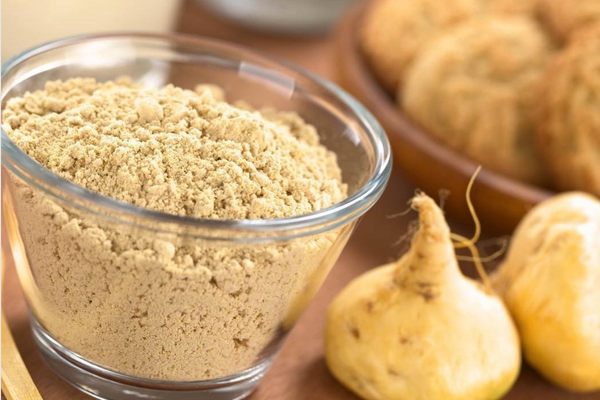Fruits & Vegetables
Stinking Toe Fruit
If you can get past the foot odor, its pulp is great in smoothies.
The fruit of the West Indian Locust tree may just win the award for the most unappealing nickname given to an edible plant. But in the case of the “stinking toe fruit,” the shoe fits: Its stubby pods are toe-shaped and its inner flesh does, in fact, stink like feet.
Luckily, its outer shell is very hard, keeping the fruit’s objectionable odor contained. In nature, its seeds are dispersed with the help of the agouti, a tropical rodent with teeth strong enough to break open the pods. They often carry the fruits to other areas and bury them for later—a behavior called “scatter hoarding.” Forgotten fruits will germinate and grow into new trees. Thanks to the agouti, stinking toe fruits can be found throughout much of the Caribbean, Central America, and South America.
Humans typically crack the pods open with a rock or hammer. Although children sometimes forage the fruits and enjoy them raw, most culinary uses of stinking toe involve baking, blending, or cooking its pulp. Jamaicans blend the pulp with water, sugar, and spices to make a refreshing beverage. In Brazil, where the fruit is known as jatobá, bakers use the dried powder of the pulp to make a biscuit-like pastry known as a broinha. Throughout Central and South America, the fruit is also prized for its purported medicinal benefits. It’s rumored to be everything from an aphrodisiac to a remedy for diarrhea.
And just what does the stinking toe taste like? The pulp inside is very dry, with the consistency of a clump of flour. The flavor is thankfully much better than its aroma; it tastes similar to dried milk, with hints of parmesan cheese and herbs. A recommendation to those trying this fruit for the first time: Eat it without breathing through your nose.
Written By
 Jared Rydelek
Jared Rydelek
Sources
- jamaicans.com/stinking-toe-juice/
- jamaica-gleaner.com/gleaner/20110602/cook/cook4.html
- npgsweb.ars-grin.gov/gringlobal/taxonomydetail.aspx?id=19489
- www.bbc.com/travel/story/20110719-worldwide-weird-bite-into-a-stinking-toe
- www.hort.purdue.edu/newcrop/duke_energy/Hymenaea_courbaril.html
- www.avitrinedosabor.com.br/nordestina/10181-broinha-de-jatoba.html
- eatrio.net/2013/12/jatoba-stinky-toe.html














